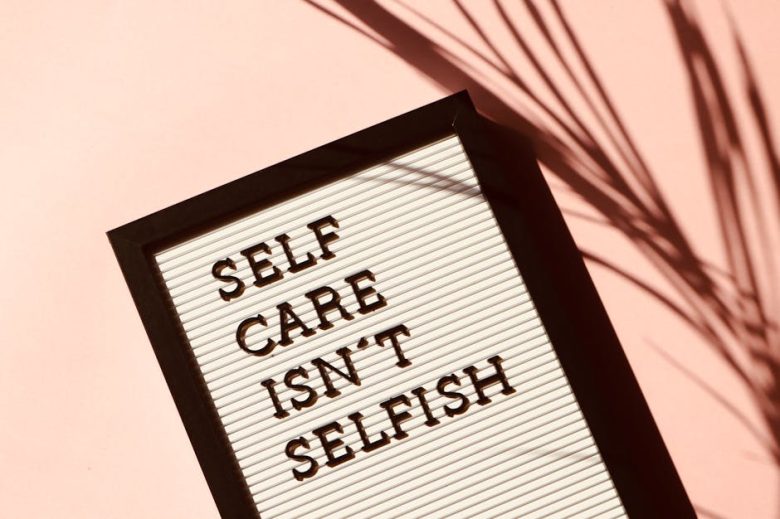In recent years, the landscape of education has undergone a dramatic transformation, catalyzed by advancements in technology and the increasing need for flexible learning options. Traditional education, characterized by in-person classes and structured curricula, has long been the standard for academic achievement. However, the rise of online learning platforms has introduced a new paradigm, offering learners an alternative that emphasizes accessibility and adaptability. This article seeks to compare these two approaches, examining their respective benefits and drawbacks.
The traditional education model is rooted in a structured environment where students interact face-to-face with instructors and peers. This format fosters a sense of community and immediate feedback, essential components for many learners. Traditional classrooms also provide access to various resources, such as libraries and laboratories, which enhance the learning experience. However, this method can be rigid, often requiring students to adhere to a fixed schedule that may not accommodate individual circumstances or learning paces.
On the other hand, online learning offers unprecedented flexibility, allowing students to access educational content from anywhere with an internet connection. This approach caters to a diverse range of learners, including working professionals, parents, and those with disabilities who may find it challenging to attend traditional classes. Online platforms often feature a wealth of multimedia resources, interactive tools, and forums for discussion, which can enhance engagement and comprehension. However, the lack of face-to-face interaction may lead to feelings of isolation and a disconnect from the academic community.
When it comes to cost, traditional education can be significantly more expensive due to tuition fees, transportation, and materials. Conversely, online learning often presents a more affordable option, with many courses available at lower prices or even for free. This economic advantage makes education more accessible to a broader audience, enabling individuals who may have previously been excluded from higher education opportunities to pursue their academic goals. However, the perceived value of a degree from a traditional institution may still carry weight in certain job markets, presenting a challenge for online learners.
Despite the differences in structure and cost, both traditional education and online learning have their own unique challenges. Traditional classrooms may struggle with overcrowded classes, leading to a lack of personalized attention for students. Additionally, the rigid schedule may not suit everyone’s lifestyle, potentially hindering academic performance. Online learning, while flexible, often requires a higher degree of self-discipline and time management skills. Students may face distractions in their home environment, and the need for self-motivation can be a barrier for some.
Ultimately, the choice between traditional education and online learning depends on individual preferences, learning styles, and life circumstances. Each approach has its strengths and weaknesses, making it essential for prospective students to carefully evaluate their options. While traditional education fosters a sense of community and offers direct access to resources, online learning provides flexibility and affordability, catering to the diverse needs of today’s learners.
In conclusion, both traditional education and online learning play vital roles in the modern educational landscape. As technology continues to evolve and societal needs shift, it is likely that these two approaches will increasingly coexist, offering students a variety of pathways to achieve their academic and professional aspirations. By understanding the nuances of each method, learners can make informed decisions that align with their goals and lifestyles, ultimately paving the way for a more inclusive and diverse educational experience.



